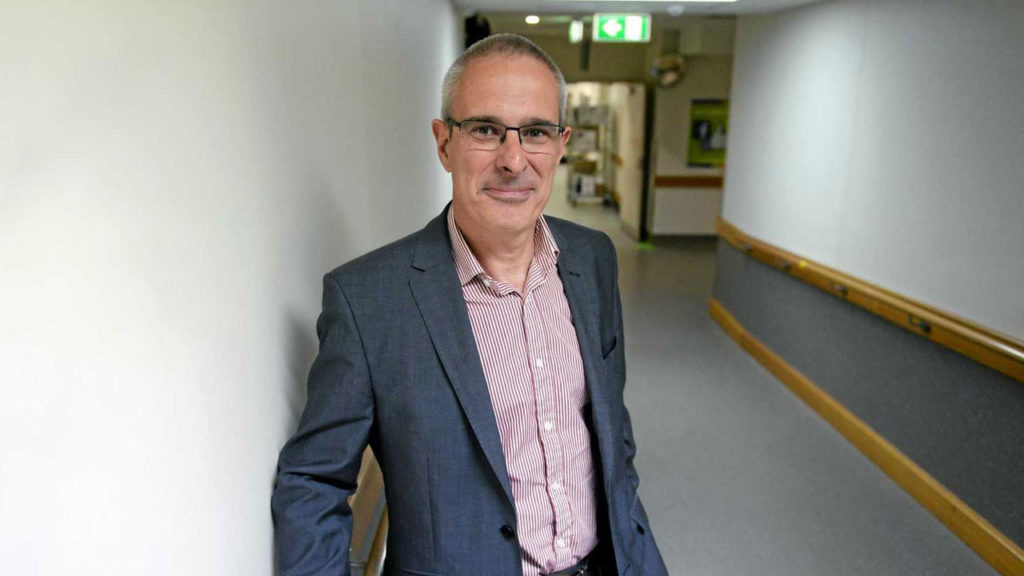
SRMRC colleagues find improvement in military casualty survival rates


Colleagues from the National Institute for Health Research Surgical Reconstruction and Microbiology Research Centre (NIHR SRMRC) have recently published an article in the Journal of Trauma and Acute Care Surgery, in which they looked at survival rates in military casualties across a ten year period.
In the article, the authors analysed the number of UK military casualties between January 1, 2003, and December 31, 2012. They found that 14,252 separate injuries occurred among 2,792 casualties. Of these casualties, there were 608 fatalities.
A significant improvement was observed in the survival rate of casualties over the study period. The authors attributed these improvements to a number of factors, including the Defence Medical Service’s focus on developing new and effective treatments, medical techniques and improved medical training for trauma teams and concentration of experience, including within QEHB.
Such research, conducted in the NIHR SRMRC, is fundamental to catalyse improvements in combat casualty care and when appropriate translated to civilian care.
Professor Surgeon Captain Mark Midwinter, Acute Care Theme Lead in the SRMRC said, “We are pleased to see that the rates of fatalities in combat casualties reduced year on year over the decade of conflict. This clear trend can be attributed to a series of small incremental improvements with an increased focus on delivering new treatments or improving the effectiveness of existing ones, and critically measuring and analysing results.
“These findings serve as a reminder that we must continue to push the boundaries on current military care, which we can translate to the civilian population. We hope this will help to ensure that survival rates following traumatic injury will continue to improve.”





